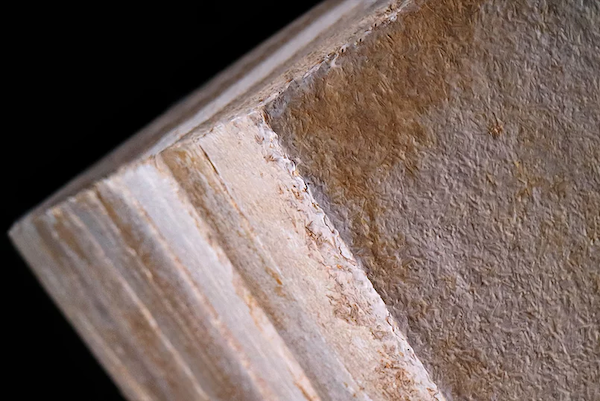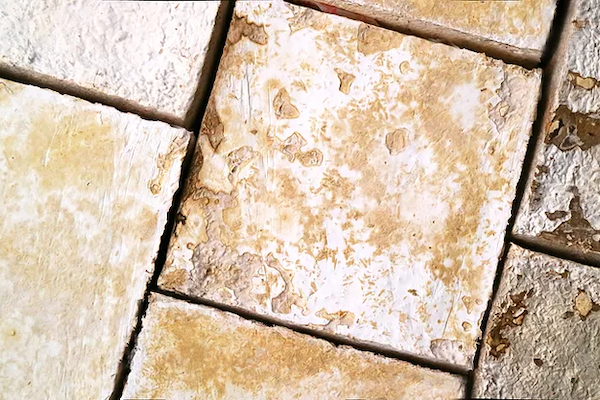Don't miss the latest stories
Mushroom-Insulated Homes Are Carbon-Negative, Affordable & More Resilient
By Ell Ko, 08 Oct 2021
Subscribe to newsletter
Like us on Facebook

Image via Biohm
You’ve heard of mushroom leather, a more Earth-friendly way to create apparel that won’t involve animals. It’s one thing to wear sneakers on your feet or to tote a bag made of the innovative new material, but could you imagine decking a house out with it?
Biohm, a UK-based startup, is aiming to shift the construction and demolition industry to a more circular model as opposed to the current operations, which generate extreme amounts of waste in the process.
To do this, it has drawn upon the power of the mushroom. Mycelium, a “network of fine white filaments” made from the roots that connect mushrooms, is the main component of the insulation products the company is designing and making.
This is grown by the company, using agricultural byproducts of the fungus. The material makes it carbon-negative, a step up from even carbon neutral. When compared with the origins of foam—fossil fuels—the advantage is clear to see.
Plus, the material is capable of growing up to the size of a standard insulation panel. Once it reaches that, it’s then cured to result in a rigid material.
It’s biodegradable, since it comes from a natural product, simultaneously eliminating the other associated environmental detriments that you get from foam insulation.
Even the economics look promising. At first launch, the price can be comparable with higher-end insulation, as detailed by Fast Company. Once production is scaled up, the cost to produce these panels can come down enough make it more accessible in affordable housing.

Image via Biohm
Tests indicate that the mycelium insulates better than conventional materials, Biohm claims. In the event of a fire, it’s slower to burn. While retaining the same durability as the usual foam or another alternative, it has the added advantage of being able to be safely composted or reused when its time is up.
According to Ehab Sayed, founder and director of innovation at Biohm, the mycelium doesn’t require any investment into raw material. This makes it “more achievable,” he says, especially when producing at scale.
“The only two ingredients are the waste stream for the feedstock, which is a waste that we collect as a waste collection service, and the mycelium, which we culture and grow ourselves in our facilities,” he explains to Fast Company.
[via Fast Company, images via Biohm]
Receive interesting stories like this one in your inbox
Also check out these recent news





